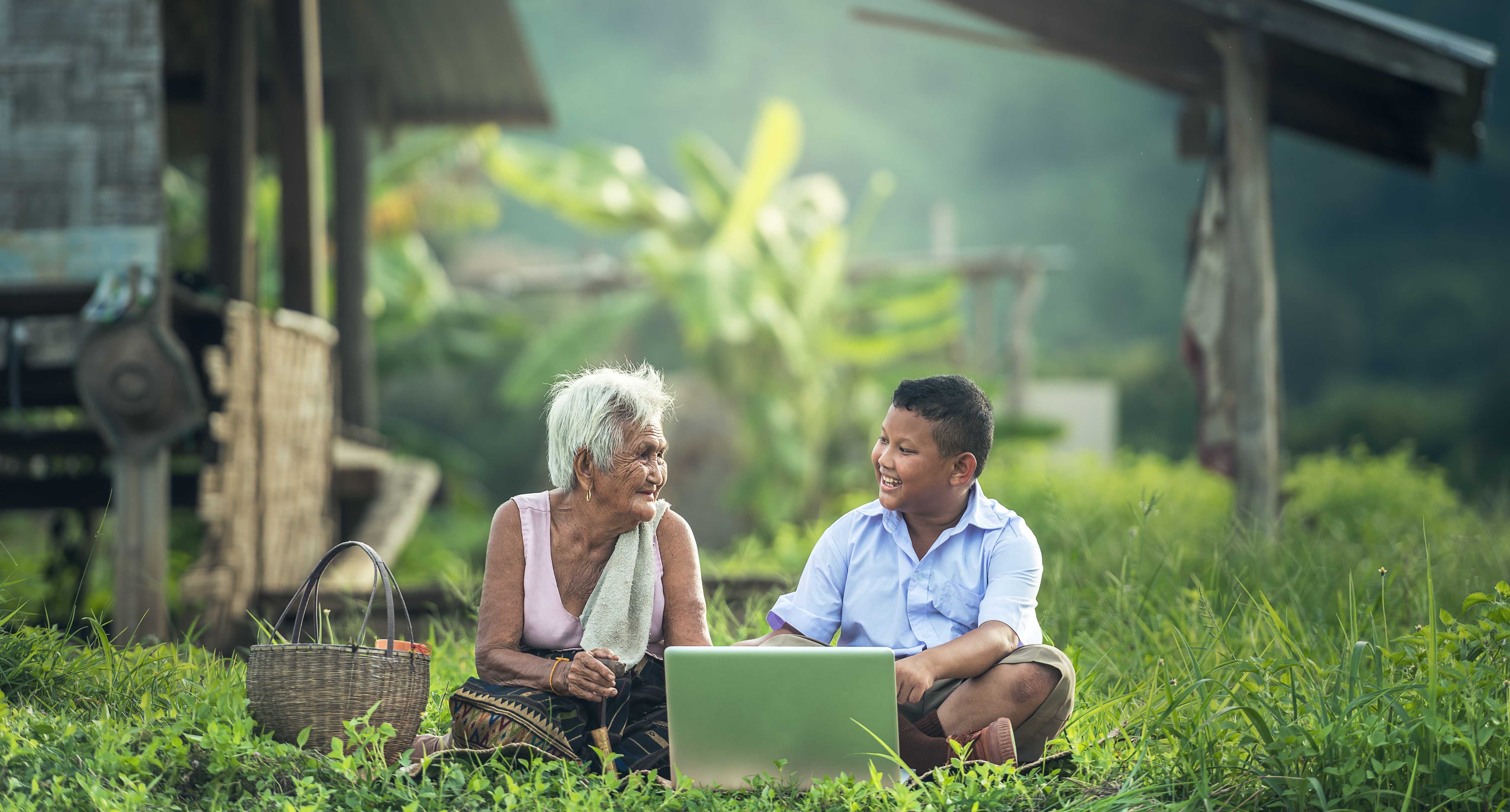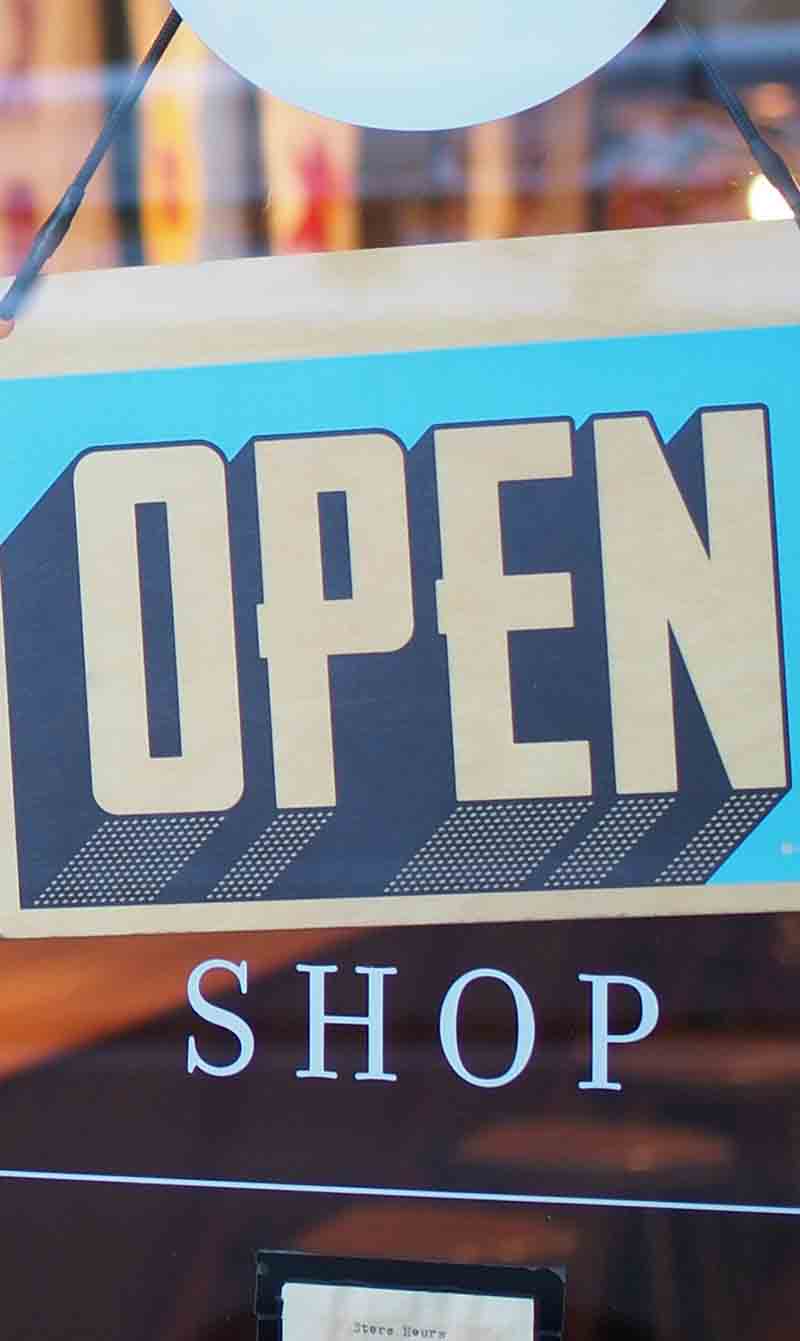Innovate to educate
Innovation in education: Preparing for the next 10 years
Education has been evolving throughout history to keep up with an increasingly demanding world, better connectivity across land and sea, and the ease of mobility of students. The question that remains is — what lies ahead for the future of education within the new consumer-driven economy? How will it take shape over the next 10 years?
To understand how education will take shape over the next 10 years, we should first focus on what is needed at the moment. A more consumer-driven economy means more participation from the community, leading to a future where people are empowered to solve their own issues. This is inline with the theme of the Forum, “Decentralising Growth, Empowering Future Business”, and is what will help shape the future of education. Empowering students to shape their world is key to improving the education system.
One of the ways that education has changed is how information is delivered to students. Technology has played an important role in this regard. In the 1990s there were signs banning the use of mobile phones in lecture halls; today, smartphones are used in lectures to enhance content and interaction. Learning no longer happens only in the classroom, so education should be, as Professor Richard Black, Pro-Director of Research and Enterprise from SOAS puts it “ensuring students are taught how to think and not simply how to do”.
The visible increase in the number of students in higher education has added to the urgent need for innovation to provide a fluid learning culture. In the 1980s, 15 percent of British 18-year-olds went to university; today, that number has grown to more than 50 percent.
Disruptive innovation or simple evolution?
However, the transformation is not necessarily the product of disruptive innovation. Rather, the sector has been following an evolutionary path—the changes of the last two decades were built on the past, rather than broke away from it.
Black explained that while there are new companies pushing MOOCs forward like Coursera and FutureLearn, content comes from established universities such as the University of London’s School of Oriental and African Studies (SOAS). According to him: “The University of London is still a market leader in online learning and if I look at our online courses in Finance Management, Development studies and most recently in Diplomacy,
I see changes in pedagogy but this is very much evolution rather than rupture.
“For example, our Finance courses involve the delivery of materials to a learner for self-study but a tutor is available as well. Our Diplomacy courses, on the other hand, offer regular interaction with lecturers and with other students in real time and in small groups through weekly webinars. So the experience of distance learning is designed to be very much like a flipped classroom experience that we have been offering in face-to-face education. Both of these are sensible models and each is arguably appropriate to the particular group of students that we are targeting for those programmes.”
Students today also have access to varied platforms of teaching. “They can sample other lectures by staff not only from within the university but from universities around the world. Mitsui and Stanford have taken the lead in making sure that all of their lectures are freely available online. If that doesn’t work for them, they can look at TED X talks or the equivalent. They can discuss their findings with other students in our online social learning spaces through a chatroom facility moderated by a PhD student or a graduate teaching assistant. They can even have their textbooks delivered by drone,” said Black.
What is new today is increased student mobility and the relative ease of enrolling in distance learning, which has in turn made teaching styles and campuses much more diverse and innovative. As Black pointed out, “Distance learning is no longer a poor relation or something you do when you can’t make it to the university, rather on-campus delivery is increasingly learning from the innovative techniques of distance learning and incorporating those techniques into on-campus learning.”
Teaching and learning will improve if it moves further beyond classrooms and cultures, but in order to do so, Evi H. Trisna, Executive Director of the Indonesia Mengajar (IM), an Indonesian teaching movement, stated that in the case of Indonesia, this kind of “eco-system requires an empowered civil society”.
“It is not a matter of a single great programme design that can fix all problems, but it is a matter of building strong and empowered citizens who can contribute creatively, actively and courageously to solve every challenge along the way.”—Evi Trisna
Indonesia Mengajar: a case study
Indonesia Mengajar (IM) is a movement that seeks to bring together all social strata to improve the level of education in Indonesia. IM was born out of challenges seen in the Indonesian landscape: namely, the significant gap in quality of education between urban and rural areas, the high dependence of local communities on the Government in matters of education, and the hierarchical structure involving policies being made by people at the top without engagement with those on the ground.
IM started in 2010 and it recruits and trains the best young talents, with at least university qualifications, to serve as teachers in rural areas. “They serve in remote schools as a teacher for one year and we work in the same district for a maximum of 5 years,” explained Trisna. IM has recruited and selected 706 teachers, out of more than 100,000 applicants, who have served in almost 700 schools in 188 villages in 24 districts from Aceh to Papua.
These young teachers engage local communities in the search for innovative solutions to educational challenges within their respective communities. With guidance, communities become empowered and see that they do not need to wait for local authorities or the Government to improve education for their children.
“When we first went to these areas, everyone believed that there was nothing that they could do for their kids. It was a communal belief. Parents and teachers just accepted it. Our teachers tried to be an example by working hard and training the students and in less than a year we had students coming to Jakarta to participate in competitions and even winning. Suddenly the eyes of the people in the village opened. They never thought their kids had that kind of potential,” said Trisna.
The second hurdle IM faced in these remote areas was help in terms of funding. “For example, in Pasir, East Kalimantan our group of teachers organised teacher training programmes in 50 schools over 4 months, with 0 rupiah. How did they do it? They called school principals and offered 2-day teacher training programmes but since there was no funding, they asked the school to provide transport, accommodation and other logistics.”
Local teachers started to realise that they had more potential than they thought. Now after five years, IM has found that in each district there is always a group of people working, whether they are teachers or students, to create initiatives in education. “They set up libraries, they organise teacher training programmes, meetings and things like that. And all of this happens without any funding,” Trisna said.
Paving the way ahead
IM found that
the main issue was not the lack of funding capacity—it was the lack of confidence and motivation.
Once locals were able to see a programme implemented successfully, they grew more confident. By playing a role in the solution, they became motivated to do more. “They work voluntarily, no talking about money and they are happy. What I see is that they are very confident now—lots of initiative, lots of innovation in education,” she said.
The key, she feels, lies in the fact that the best innovations are those that are made in the context of local challenges and needs; and when ideas come from locals themselves, it becomes powerful. She gives the example of gifts of teaching aids and computer notebooks that go unused in rural schools because the area has no electricity, or because they do not know how to utilise these tools.
“Innovation that comes from the locals themselves will be powerful and will really answer needs. When things are decided by authorities in higher levels and just dropped off at schools, it won’t be effective. The key is for the decision to come from those who really need it and who want to implement it.”
___________________
This report is based on a session from the 12th WIEF.





